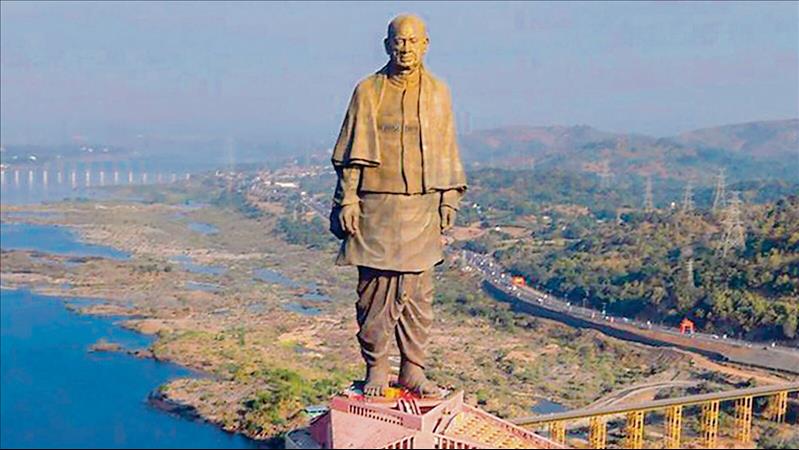
403
Sorry!!
Error! We're sorry, but the page you were looking for doesn't exist.
Sardar Vallabhbhai Patel's Birthday: Why Oct 31 Is Celebrated As National Unity Day?
(MENAFN- Live Mint) "The birth anniversary of Sardar Vallabhbhai Patel-the first home minister of Independent India-is celebrated as National Unity Day or Rashtriya Ekta Diwas. Vallabhbhai Jhaverbhai Patel also dubbed as 'Sardar Patel' was born on October 31, 1875, into a landowning family of the Leva Patidar caste Oct 31 is celebrated as 'National Unity Day'?Rashtriya Ekta Diwas or National Unity Day was introduced by the Government of India in 2014 to pay tribute to the great man who really unified the country. While Declaring October 31 as National Unity Day, the Central government said in an official statement that this occasion“will provide an opportunity to reaffirm the inherent strength and resilience of our nation to withstand the actual and potential threats to the unity, integrity, and security of our country.”Sardar Patel achieved the incredible feat of persuading almost 565 self-governing princely states, that had been released from British suzerainty, to accede to the Union of India. For his commitment to the national integration of the newly independent country, he earned the sobriquet“Iron Man of India”.Education and legal careerHe attended primary school at Karamasad and high school at Petlad. He was married at the age of 16, matriculated at 22, and passed the district pleader's examination, which enabled him to practice law. To enhance his legal career, he travelled to London in August 1910 to study at the Middle Temple, where he passed the final examinations with high honours. After returning to India in February 1913, he settled in Ahmadabad, soon he became the leading barrister in criminal law at the Ahmadabad bar struggle
In 1917, impressed by the principles of satyagraha by Mohandas K. Gandhi, he decided to follow and support Gandhi. He changed his style and appearance. He quit the Gujarat Club, dressed in the white cloth of the Indian peasant, and ate in the Indian manner first made his mark in 1918, when he planned mass campaigns of peasants, farmers, and landowners of Kaira, Gujarat, against the decision of the Bombay government to collect the full annual revenue taxes despite crop failures caused by heavy rains.
In 1928 he successfully led the landowners of Bardoli in their resistance against increased taxes. His efficient leadership of the Bardoli campaign earned him the title 'sardar' (leader), and henceforth he was acknowledged as a nationalist leader throughout India the first three years of independence, he was deputy prime minister, minister of home affairs, minister of information, and minister of states; above all, his enduring fame rests on his achievement of the peaceful integration of the princely Indian states into the Indian Union and the political unification of India facing a massive heart attack, he breathed his last on December 15, 1950, in Bombay.
In 1917, impressed by the principles of satyagraha by Mohandas K. Gandhi, he decided to follow and support Gandhi. He changed his style and appearance. He quit the Gujarat Club, dressed in the white cloth of the Indian peasant, and ate in the Indian manner first made his mark in 1918, when he planned mass campaigns of peasants, farmers, and landowners of Kaira, Gujarat, against the decision of the Bombay government to collect the full annual revenue taxes despite crop failures caused by heavy rains.
In 1928 he successfully led the landowners of Bardoli in their resistance against increased taxes. His efficient leadership of the Bardoli campaign earned him the title 'sardar' (leader), and henceforth he was acknowledged as a nationalist leader throughout India the first three years of independence, he was deputy prime minister, minister of home affairs, minister of information, and minister of states; above all, his enduring fame rests on his achievement of the peaceful integration of the princely Indian states into the Indian Union and the political unification of India facing a massive heart attack, he breathed his last on December 15, 1950, in Bombay.
Legal Disclaimer:
MENAFN provides the
information “as is” without warranty of any kind. We do not accept
any responsibility or liability for the accuracy, content, images,
videos, licenses, completeness, legality, or reliability of the information
contained in this article. If you have any complaints or copyright
issues related to this article, kindly contact the provider above.


















Comments
No comment